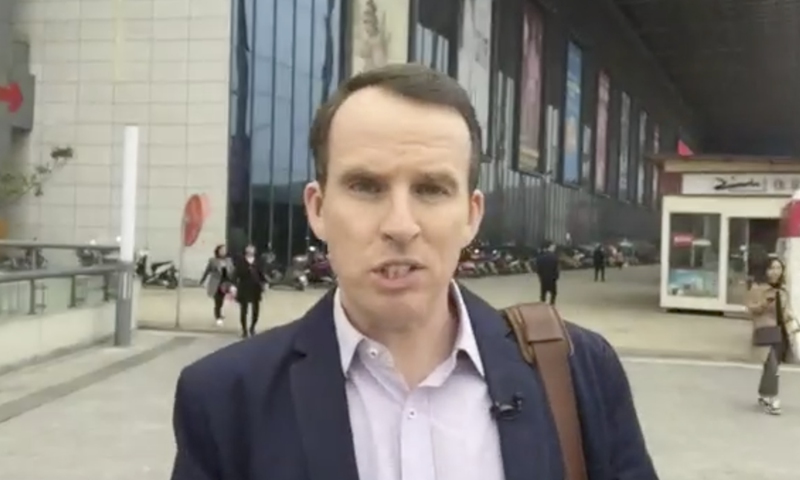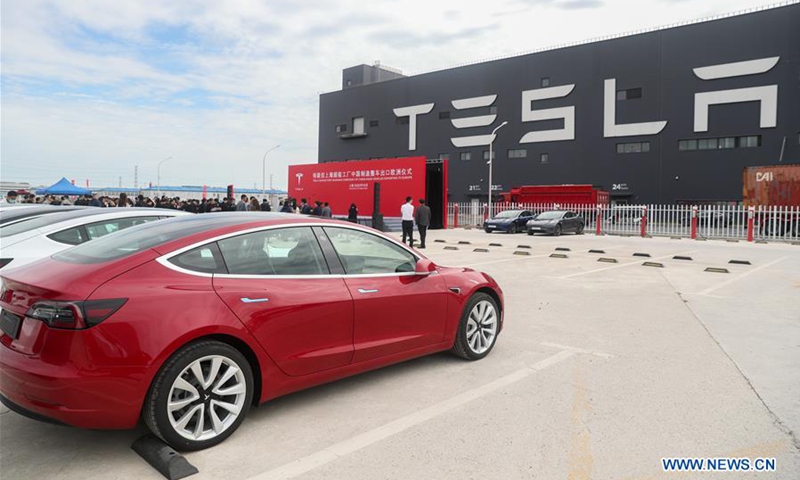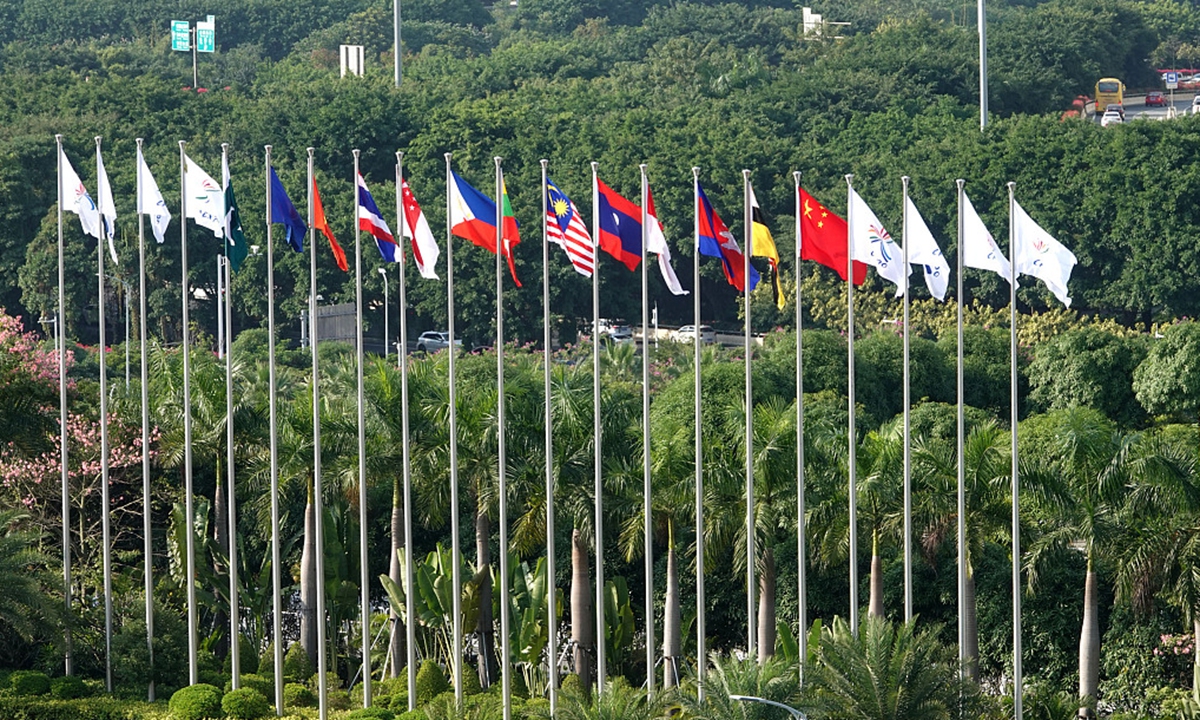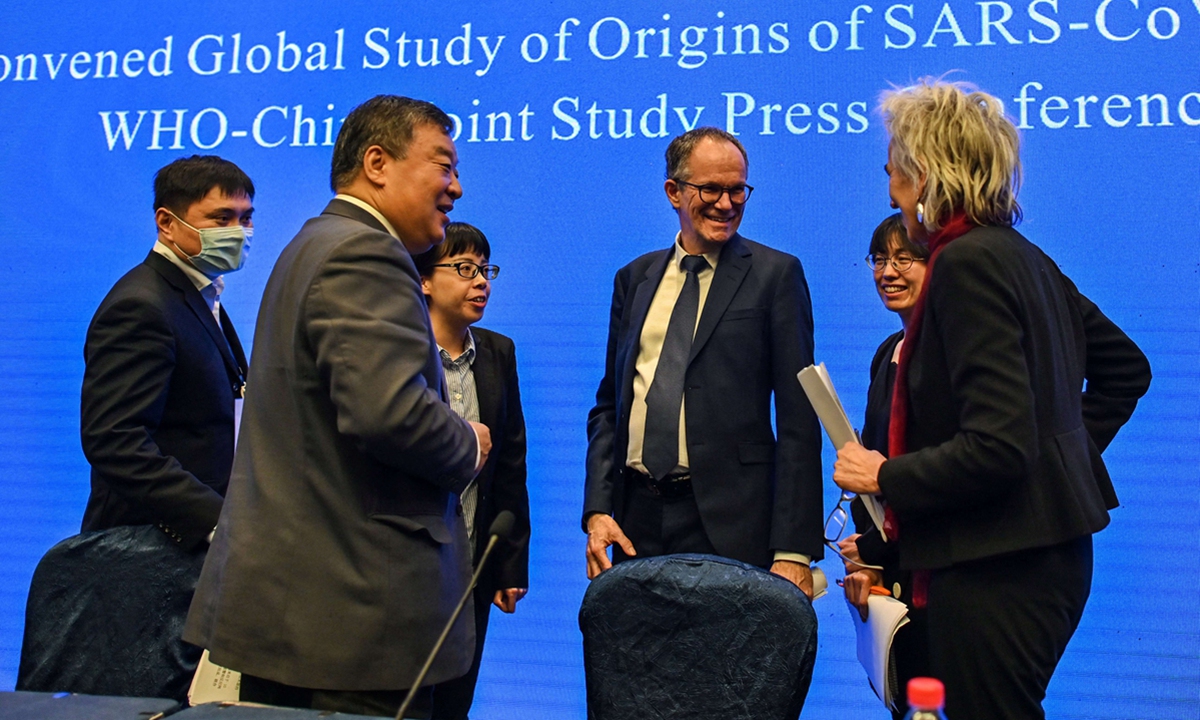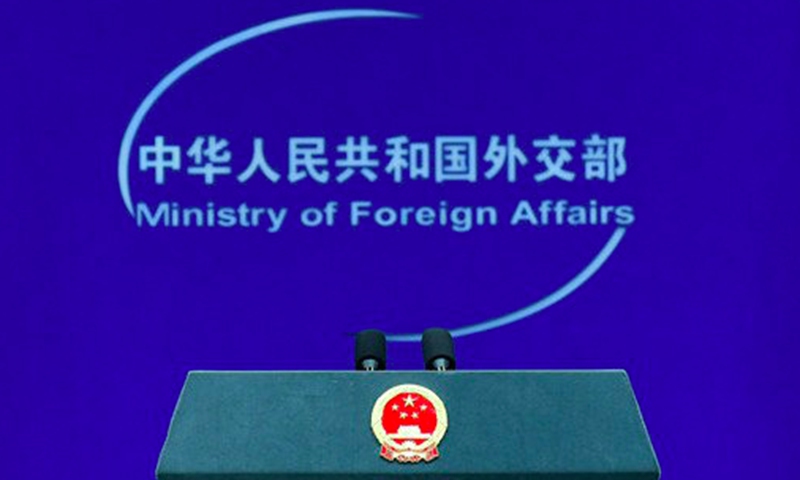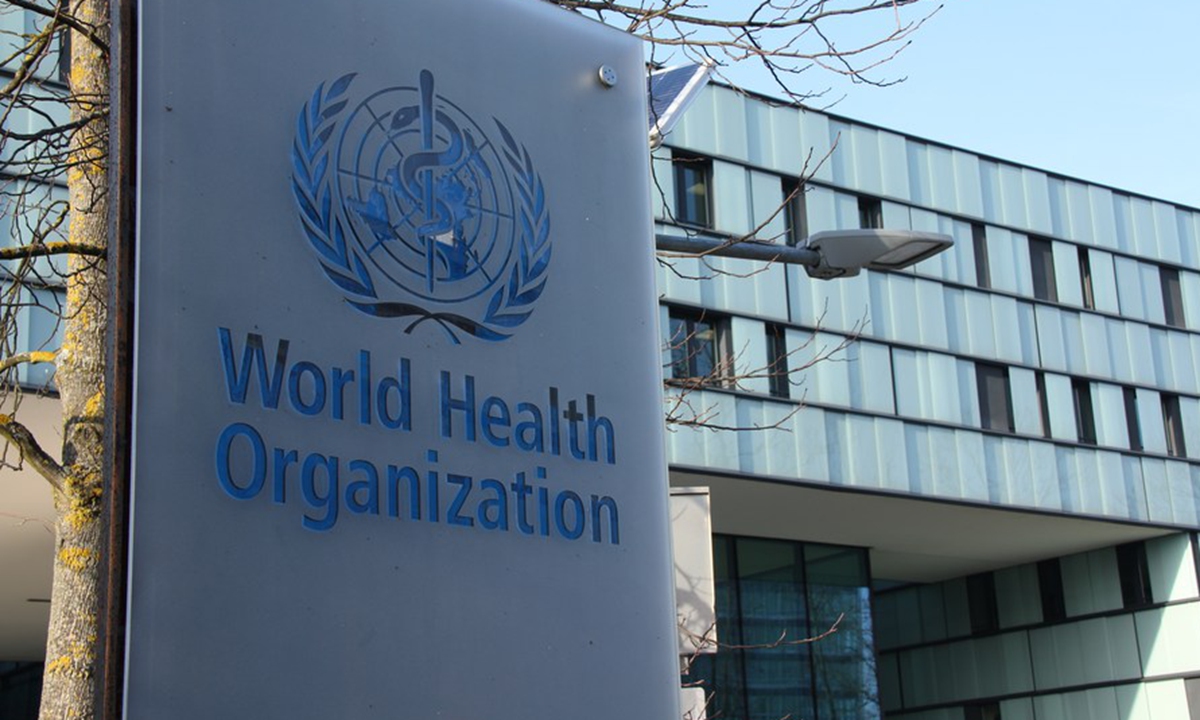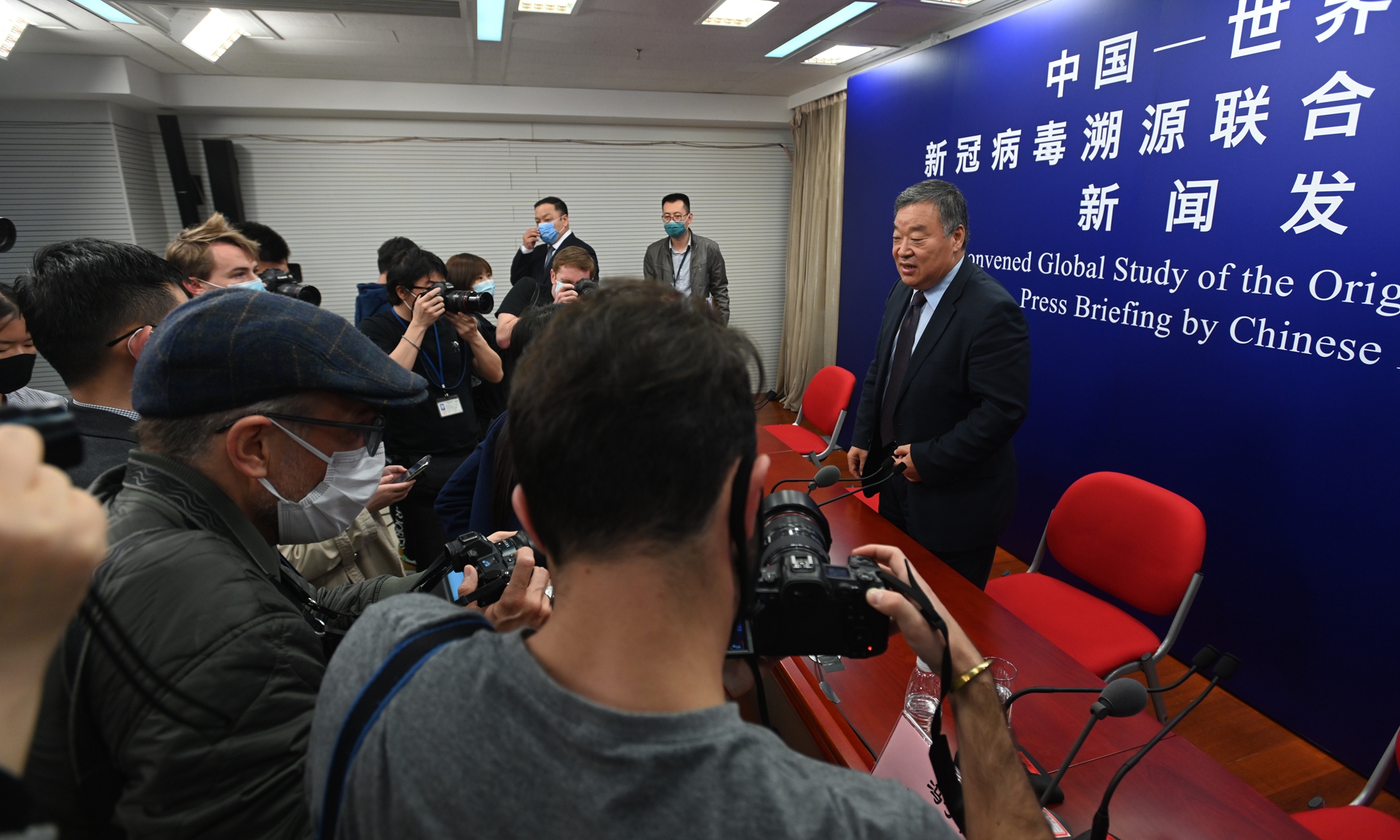10 Things I Wish I Knew Before Getting a Puppy
A PUPPY is a big commitment, but if you’re ready to take the leap, congratulations! For a whole host of reasons, you should make sure that it doesn’t come from illegal breeders. Animal rights experts have put together a list to help you make sure you’re responsibly adding a new four-legged family member to your household.
> See the mother::
When meeting the breeder, ask to see the puppy’s mother. Does she look healthy? Does she have a teat? Sometimes online sellers will put up a picture of a dog from the same breed, while the actual mother is suffering at a puppy mill elsewhere.
> Look at the offers:
If the person selling the puppy has a large selection of puppies from different breeds and different ages, then you can safely assume that they’re acting only as a middleman.
> Assess the age:
Puppies need their mothers until they are at least eight weeks old. Only then are they old enough to be separated from their mother and their litter. Otherwise, you risk health issues.
> Beware of disinterest:
A responsible breeder wants to make sure that his or her puppies are going to a good home. If they seem uninterested in learning about you as a buyer, it’s a bad sign.
> No pity purchases:
If something seems strange to you, and you have doubts about a seller’s seriousness, don’t buy the dog. Instead, inform the police or a veterinarian authority to get them involved.
> Get it in writing:
Ask for a sales contract when buying the dog. That way, you have important details about the dog and personal data. – dpa
Run, Rover, run
Tips and tricks for training a dog for cross-country running, aka canicross.

The beauty of canicross is that any dog can take part as long as it is fit and enjoys running - 123rf.com
RUNNING with your dog is a fantastic way to get back to nature, solidify the bond with your dog and to get fit. The canine sport, known as canicross is a sport rapidly growing in popularity.
When you first look to start running with a dog, it can be a lot of information to take in all at once. This beginner’s guide is a one-and-done read to introduce you to the wild world of canicross and give you all the information you need to get started.

Harnesses for running are designed differently to daily walking harnesses. Tthe pull point is much further back on the harness, meaning the dog can learn into the harness and pull you along
What breeds are good for canicross?
The beauty of canicross is that any dog can take part. Provided they have good physical fitness and enjoy running, any dog can take part – even small dog breeds.
There are some prerequisites to this: the dog in question must be over a year of age and ideally fully grown. This is to prevent any additional unnecessary stress being placed on the joints while the growth plates are still forming.
Equally, your dog must not have any ongoing health issues that may make running uncomfortable for them. Making sure you take your dog for regular health checks with your veterinarian is the best way to ensure the health of your pup.
Generally speaking, gundog breeds such as Labradors, spaniels and beagles are most commonly seen at canicross events. You also very commonly see sled dogs at these events, known for their stamina and pulling ability.
Equipment
Like humans, dogs need their own sports kit for running with their owners. Harnesses for running are designed differently to daily walking harnesses.
The pull point is much further back on the harness, meaning the dog can lean into the harness and pull you along. The dog has a full range of movement in all four of their limbs and this is essential for them to be able to run properly. It is important to properly train your dog to wear their harness, as they need to be completely comfortable in it.
It is not advisable to allow your dog to run in a collar or headcollar, as this can result in unnecessary pressure on their head and neck.
To connect to the harness, many recommend a bungee lead or rope. You want something with some stretch as your dog will be regularly pulling, and any lead with a brittle fabric may snap after a few runs! You may also wish to invest in a belt to carry both you and your dog’s equipment, but also to provide a connection point for the lead so that you can focus on running.
If you are running in areas that do not have smooth, muddy tracks, such as pebbled beaches, hillsides, or even asphalt, you may wish to invest in boots for your dog. This is also important if you live in a colder area; your dog can injure their paws from repeated exposure to the cold ground. It is important to do some work around getting your dog completely comfortable in these as they will need to run in them!
Regardless of where you live, it is important to invest in a paw balm for your dog to sooth their paws after a run. There are many brands available online but we recommend one with shea butter in, as this will help to sooth and moisturise your dogs paws.
A very commonly asked question is: Will running with my dog in a harness encourage my dog to pull? Dogs are very intelligent creatures, and can tell the difference between a harness they wear on their walks and a harness they wear to run in. Using the cues suggested below and the different contexts of the two instances, your dog can learn to pull in one harness but not in the other.
Important cues
When you are looking to teach your dog to run with you, there are several important cues to teach. Although it is not advisable to start running with your dog before they are at least one year old, you can start teaching them their cues as early as you like.
> Forward: Teaching your dog to move forward is an essential part of running with you. Teaching this is easiest if you have a toy that your dog is particularly motivated by. Have your dog in their running kit just in front of you and throw their toy just out of their reach. As they adjust into their harness to chase it, say your chosen cue words (e.g., let’s go!) and allow them to chase after their toy. If they are not toy-motivated, you can have another person call them or throw them a few treats.
> Stop: Equally, getting your dog to stop is an essential part of running. To teach a stop cue, place a broom on the floor and throw a treat over it. As your dog runs back towards you, give them a treat just as they reach the handle. Repeat this several times before adding your chosen word (e.g. Whoa!) just as they reach the broom. You can then start to remove the broom and use your cue word and rewarding for stopping. Once your pup understands the exercise, you can start to practise while in your canicross equipment.
> Directional cues: Being able to teach your dog which way you would like them to go is essential as your dog will be leading the route. If you can, running with an already experienced dog is a great way to teach this, as a green dog will naturally follow an already experienced dog. If you do not have another dog on hand to help, one way to teach is to say the direction (e.g. left! or right!) and then throw a treat in that direction for your dog to go and get. As you play the game more and more, your dog will start to preempt you, learning what these words mean.
> Run past: As with sheepdogs, it is important to have a cue that signals to your dog to ignore distractions, such as other dogs, some smelly poo or a squirrel! Many owners do not teach a separate cue for this behaviour, but instead use their previously taught “leave it!” cue in this context.
Safety tips
When you first start out, it is inadvisable to go very far. You want to work at both your own and your dog’s level of fitness and slowly build this over time.
It is important to never run in extreme weather. When out running with your dog, you often will run in remote locations. Therefore, it is important to never run in extreme weather such as intense winds or thunderstorms. This is even more important in extreme heat, as dogs cannot sweat in the same way we do and will very quickly overheat while running.
We do not advise running with your dog in temperatures much above 80°F (27°C). Beyond that temperature, the asphalt becomes too hot for a dog’s paws and they will need to run on grass. It is best to run with your dog early in the morning as temperatures are between 75°F (24°C) and 80°F (27°C) and the asphalt hasn’t had a chance to heat up yet.
As dogs can overheat easily, it is important to bring water for both you and your dog and offer them water regularly. This is especially true on warmer days, but it is important regardless of weather conditions.
Summary
Running with your dog is a great way to get fit and spend time together. It can be a great way to spend time with your dog exploring the wilder places near you. Canicross can also be a great way to network and to make friends, as there are many wider social events to attend.
Do you run with your dog? Are you just starting? Share with us your thoughts on canicross, at lifestyle@thestar.com.my.
Related posts:
What science says about happy, naughty dogs
Mission to rescue stranded strays
Volunteers travel to isle to save abandoned dogs from hunger and thirst







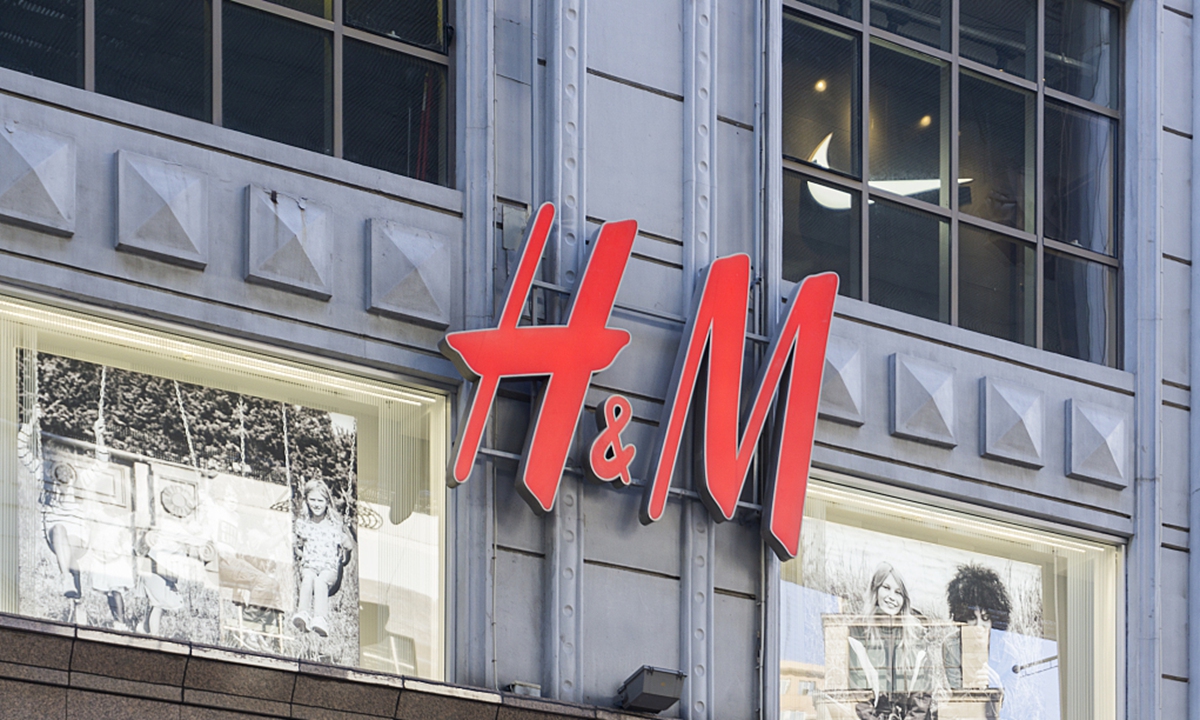



 Wong Chun Wai began his career as a journalist in Penang, and has served The Star for over 35 years in various capacities and roles. He is now group editorial and corporate affairs adviser to the group, after having served as group managing director/chief executive officer. On The Beat made its debut on Feb 23 1997 and Chun Wai has penned the column weekly without a break, except for the occasional press holiday when the paper was not published. In May 2011, a compilation of selected articles of On The Beat was published as a book and launched in conjunction with his 50th birthday. Chun Wai also comments on current issues in The Star.
Wong Chun Wai began his career as a journalist in Penang, and has served The Star for over 35 years in various capacities and roles. He is now group editorial and corporate affairs adviser to the group, after having served as group managing director/chief executive officer. On The Beat made its debut on Feb 23 1997 and Chun Wai has penned the column weekly without a break, except for the occasional press holiday when the paper was not published. In May 2011, a compilation of selected articles of On The Beat was published as a book and launched in conjunction with his 50th birthday. Chun Wai also comments on current issues in The Star.